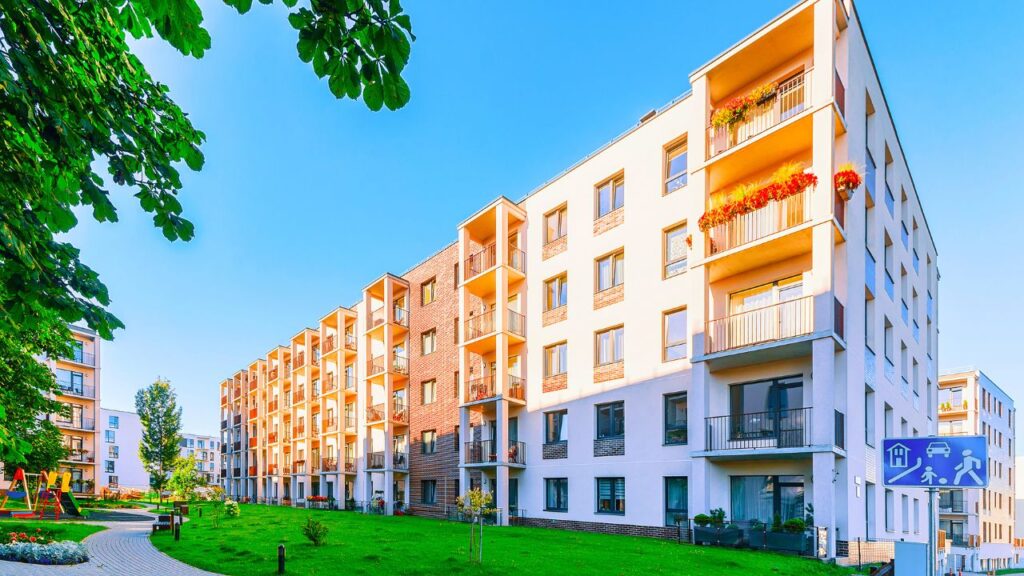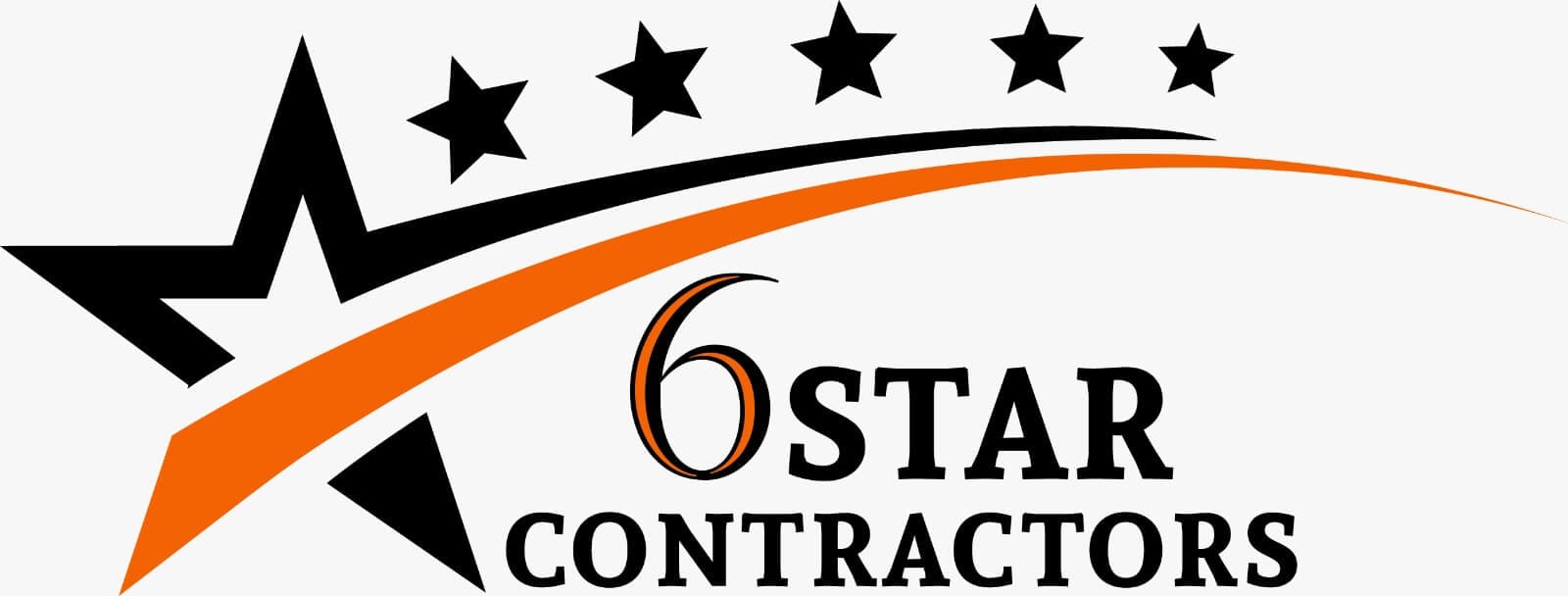Painting Cost Estimator
Discover the easiest way to budget for your next painting project with our Painting Cost Estimator. Get accurate, customized estimates in minutes and take the guesswork out of your home improvement plans. Start planning and painting with confidence today!












